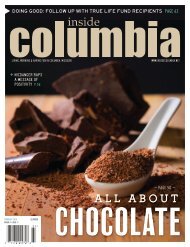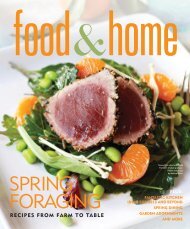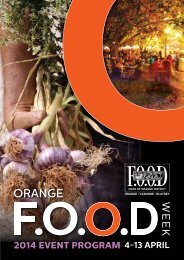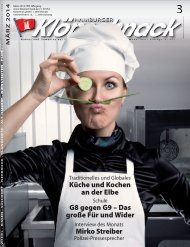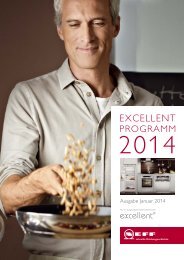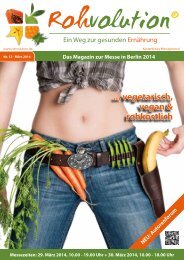CHAMPAGNE
Translation : Florence Brutton — Crédits photos : Couverture : Jean-Philippe Baltel/Sipa Press – Pages 4 et 5 : Michel Guillard, Carte Empreinte Studio – Pages 6 et 7 : Fulvio Roiter, Philippe Maille, Michel Guillard, Olivier Frimat, Visuel Impact – Pages 8 et 9 : CIVC, Yvon Monet – Pages 10 et 11 : Michel Guillard, Alain Cornu – Pages 12 et 13 : CIVC, Frédéric Hadengue – Pages 14 et 15 : CIVC, Michel Guillard, John Hodder – Pages 16 et 17 : John Hodder, Jean-Philippe Kahn, dessins INAO – Pages 18 et 19 : CIVC, John Hodder, Alain Cornu – Pages 20 et 21 : John Hodder, Fulvio Roiter – Pages 22 et 23 : John Hodder, Alain Cornu, schéma CIVC – Pages 24 et 25 : Alain Cornu – Rohrscheid – Pages 26 et 27 : Alain Cornu, Gérard Rondeau – Pages 28 et 29 : Hervé Chevron, Alain Cornu, Patrick Guérin – Pages 30 et 31 : Alain Cornu, Michel Guillard, Rohrscheid – Pages 32 et 33 : Alain Cornu, Philippe Maille, Piper Heidsieck – Pages 34 et 35 : Alain Cornu, Huyghens-Danrigal, Kumasegawa – Pages 36 et 37 : Visuel Impact, Eric Cuvillier/Jacques de Marcillac • Création graphique, mise en page et impression : EMPREINTE Studio à Epernay • Imprimé en France en février 2010 pour le Comité Interprofessionnel du Vin de Champagne. Tous droits réservés © CIVC.
Translation : Florence Brutton — Crédits photos : Couverture : Jean-Philippe Baltel/Sipa Press – Pages 4 et 5 : Michel Guillard, Carte Empreinte Studio – Pages 6 et 7 : Fulvio Roiter, Philippe Maille, Michel Guillard, Olivier Frimat, Visuel Impact –
Pages 8 et 9 : CIVC, Yvon Monet – Pages 10 et 11 : Michel Guillard, Alain Cornu – Pages 12 et 13 : CIVC, Frédéric Hadengue – Pages 14 et 15 : CIVC, Michel Guillard, John Hodder – Pages 16 et 17 : John Hodder, Jean-Philippe Kahn, dessins INAO – Pages 18
et 19 : CIVC, John Hodder, Alain Cornu – Pages 20 et 21 : John Hodder, Fulvio Roiter – Pages 22 et 23 : John Hodder, Alain Cornu, schéma CIVC – Pages 24 et 25 : Alain Cornu – Rohrscheid – Pages 26 et 27 : Alain Cornu, Gérard Rondeau – Pages 28 et 29 :
Hervé Chevron, Alain Cornu, Patrick Guérin – Pages 30 et 31 : Alain Cornu, Michel Guillard, Rohrscheid – Pages 32 et 33 : Alain Cornu, Philippe Maille, Piper Heidsieck – Pages 34 et 35 : Alain Cornu, Huyghens-Danrigal, Kumasegawa – Pages 36 et 37 : Visuel
Impact, Eric Cuvillier/Jacques de Marcillac • Création graphique, mise en page et impression : EMPREINTE Studio à Epernay • Imprimé en France en février 2010 pour le Comité Interprofessionnel du Vin de Champagne. Tous droits réservés © CIVC.
Create successful ePaper yourself
Turn your PDF publications into a flip-book with our unique Google optimized e-Paper software.
14<br />
Sustainable<br />
viticulture<br />
The river Marne in Troissy<br />
Sustainable<br />
viticulture<br />
The environmental impact of the Champagne<br />
industry was assessed in a study conducted in<br />
the early 2000s. Based on those findings, there<br />
are four major issues for action:<br />
Cover crop<br />
Reduction of additives, and the control of risks to health<br />
and the environment.<br />
For more than twenty years now, the industry has been investing huge sums in research<br />
and development aimed at controlling the possible consequences of crop protection.<br />
The result today is a significant reduction in the quantities of pesticides used, and greater<br />
safeguards in the way we use them. Half of all the products now used in Champagne<br />
are approved for organic use. Champagne is among Europe’s leaders in the development<br />
of sexual confusion techniques – a natural alternative to chemical insecticides that can<br />
virtually eliminate pesticide use.<br />
The preservation and enhancement of terroir, bio-diversity<br />
and landscapes.<br />
Vineyard soils<br />
Protecting the soil against all forms of deterioration is a long-standing preoccupation in<br />
Champagne, with particular attention to the physical, chemical and biological properties<br />
of soil. Several initiatives have already been taken by the industry to protect and add<br />
value to its heritage. Examples include: the management of groundwater resources<br />
on slopes; the promotion of the ‘reasoned’ feeding of soil and vine; the development<br />
of decision-making tools; the drawing-up of guidance maps; and the increased use of<br />
cover cropping in and around vineyards.<br />
Data collected over the past 20 years (monitoring of earthworm populations and microflora)<br />
indicate that Champagne soils today enjoy an excellent level of biological activity.




